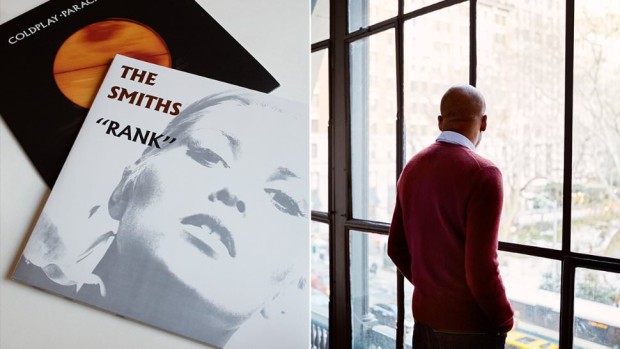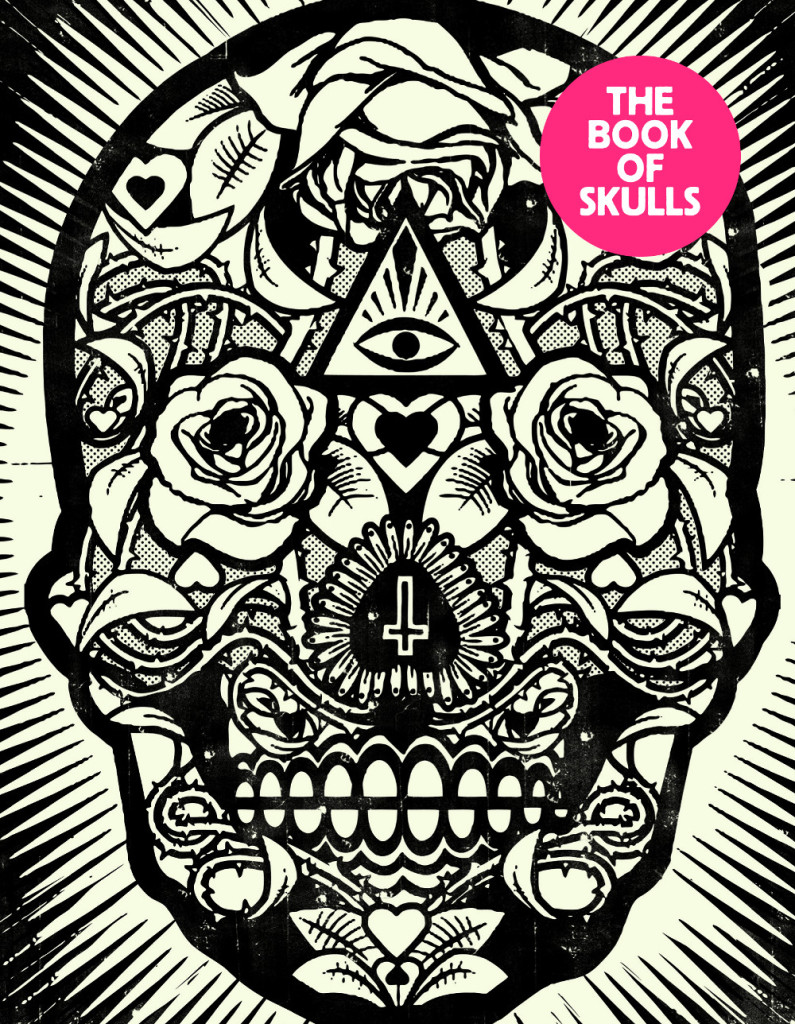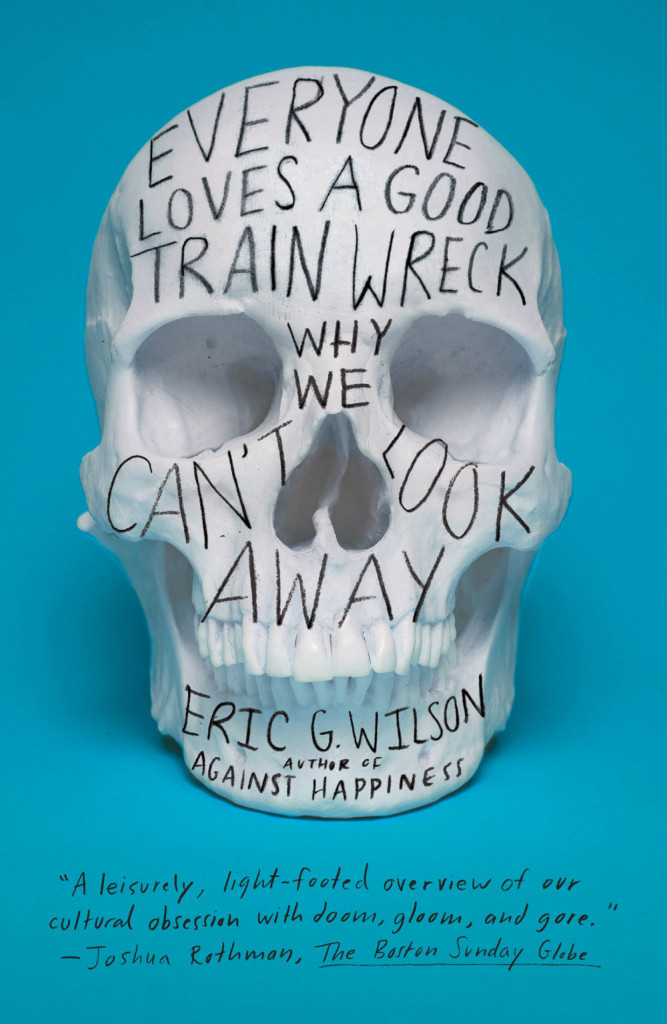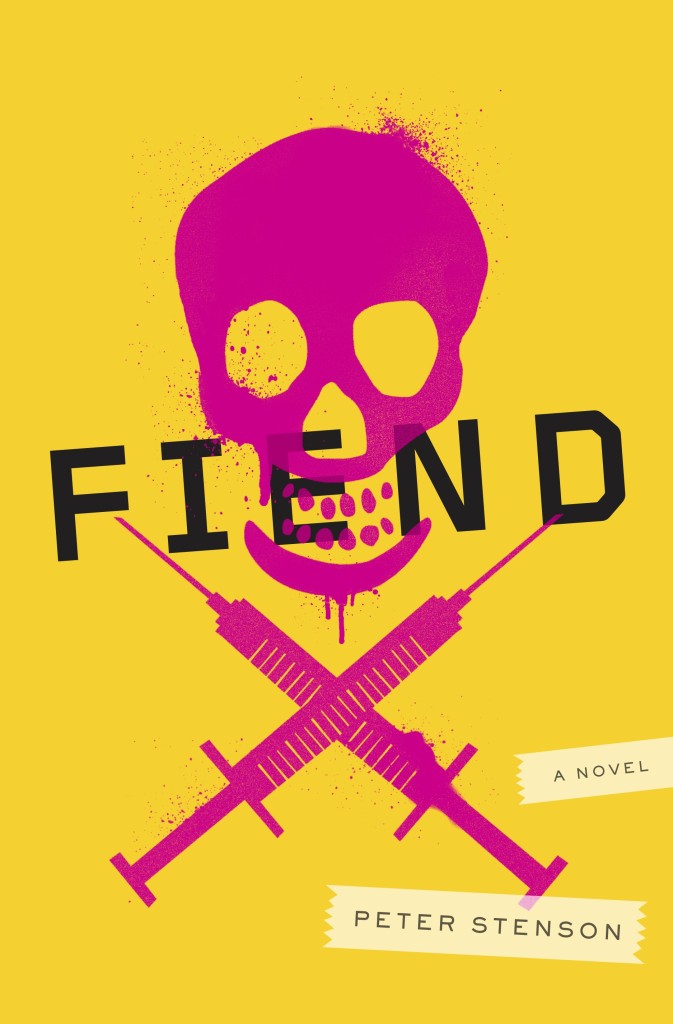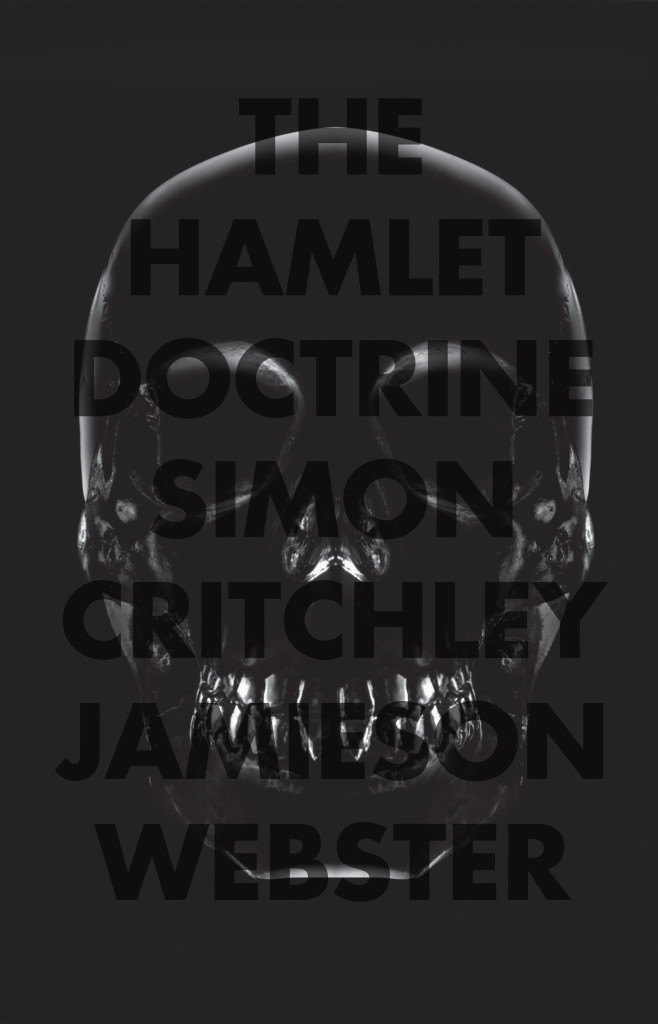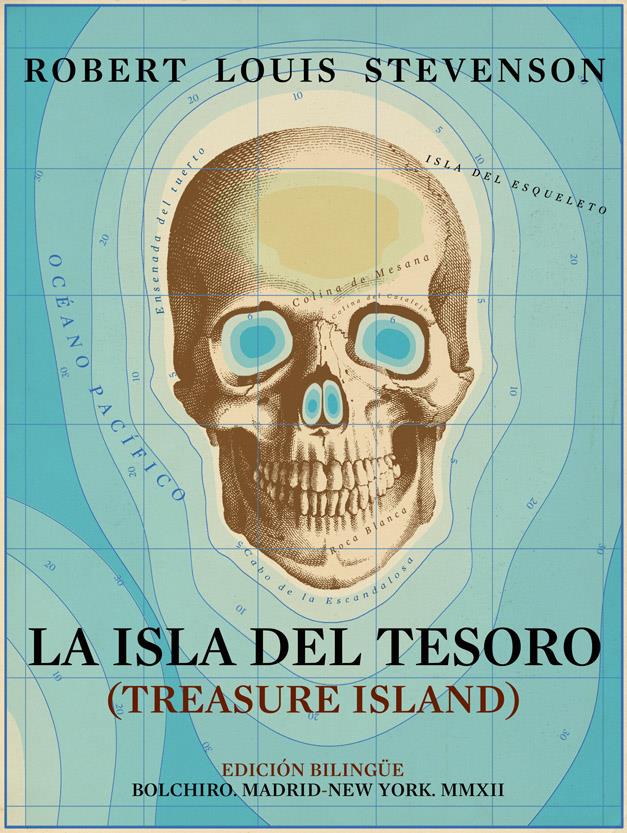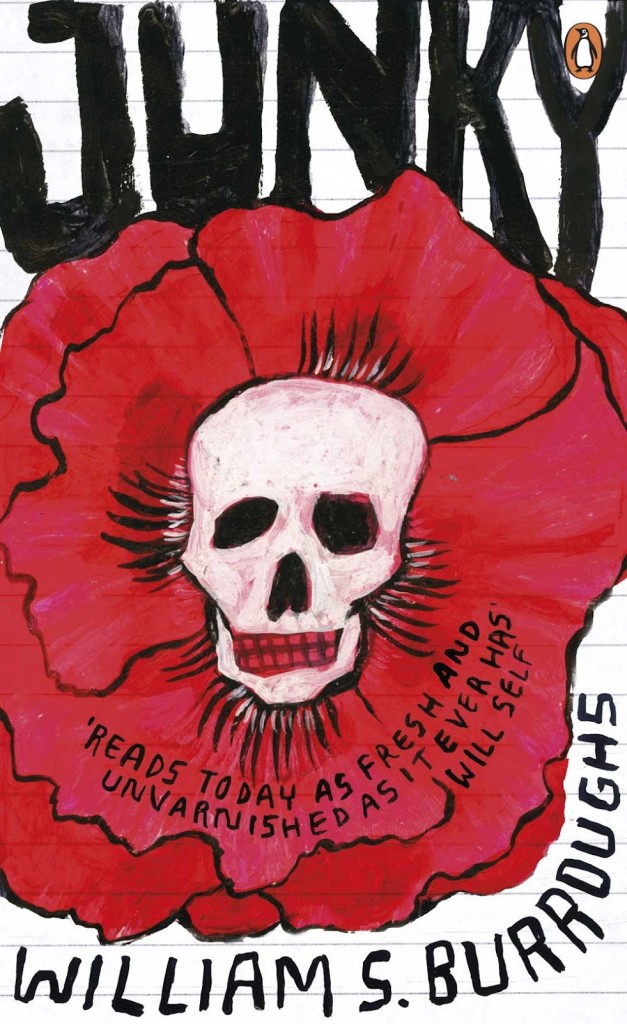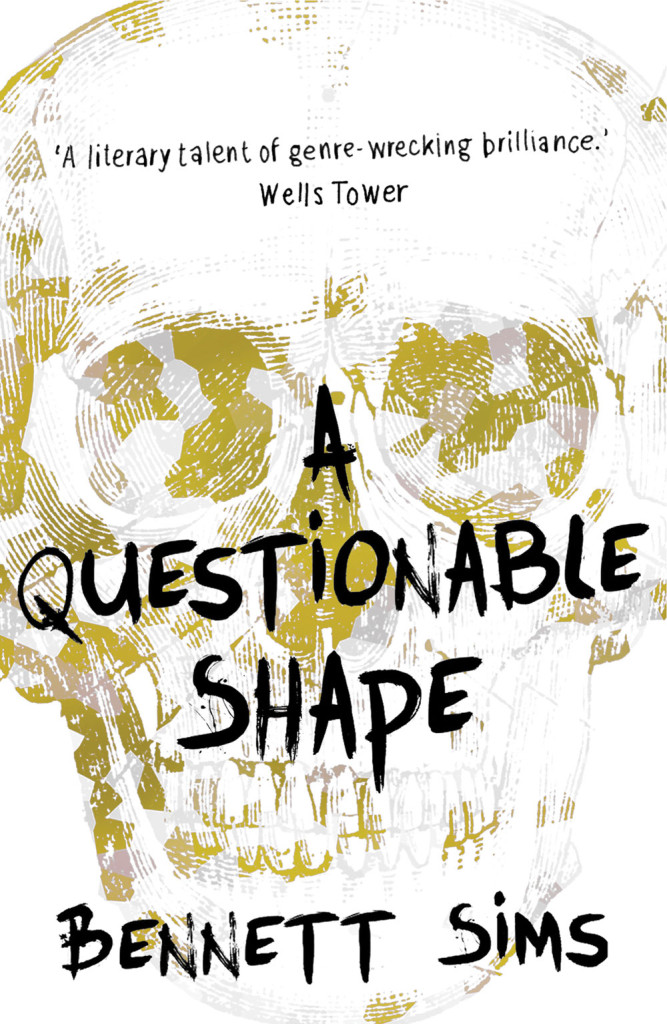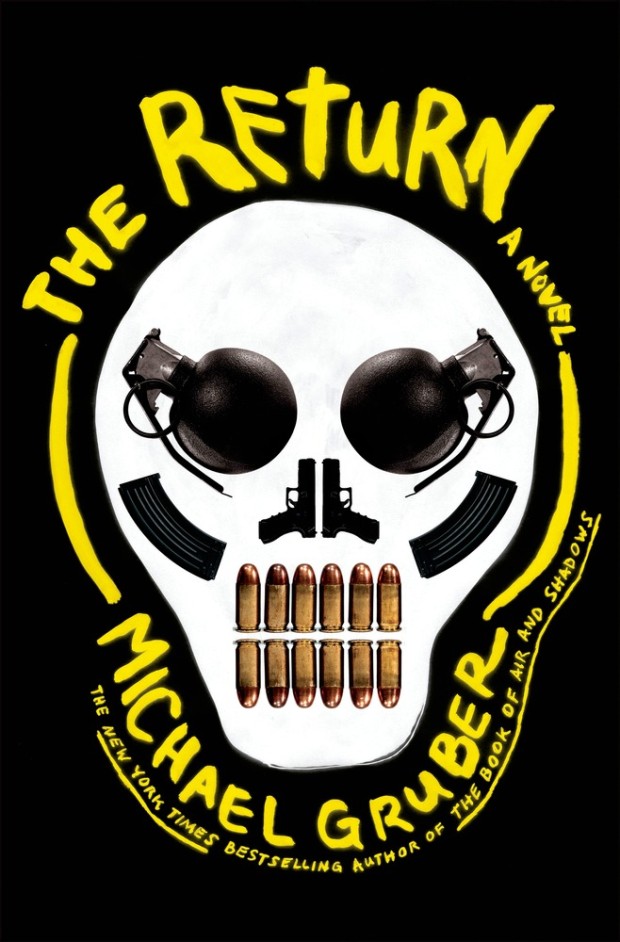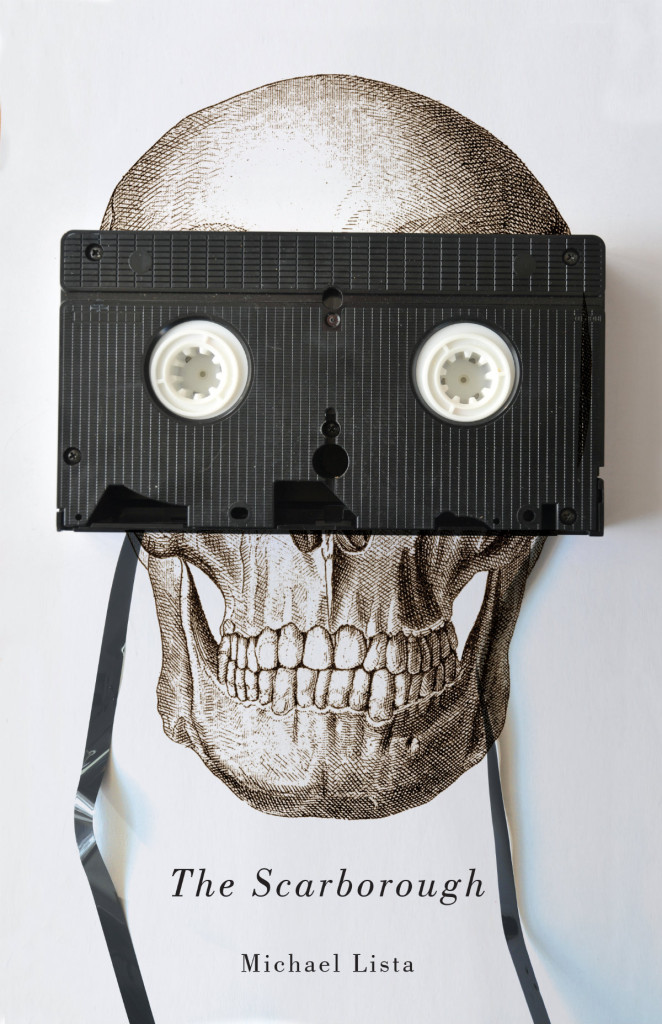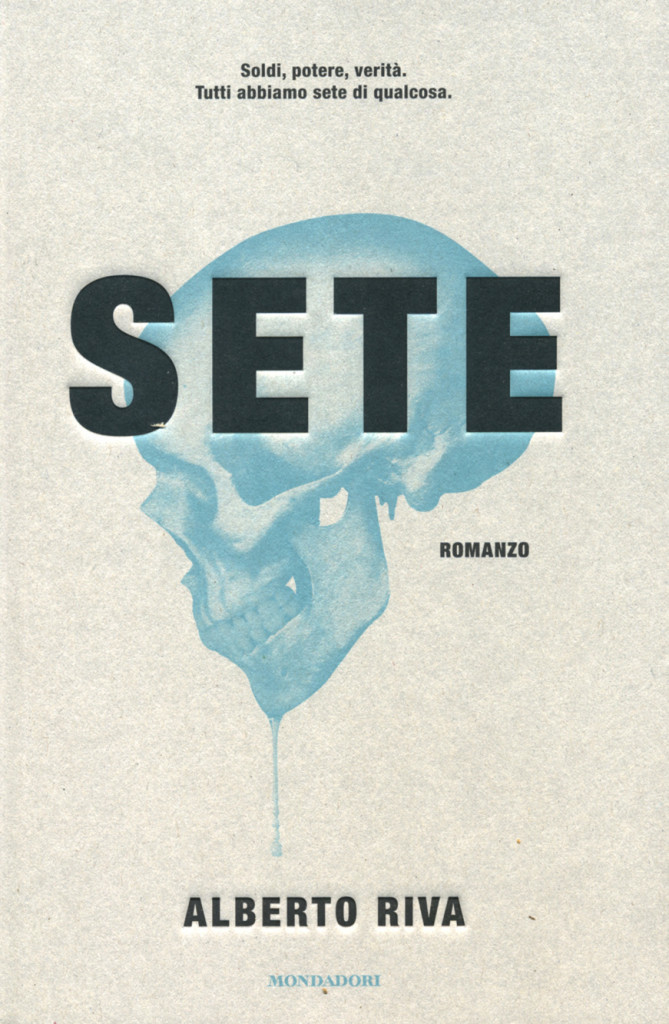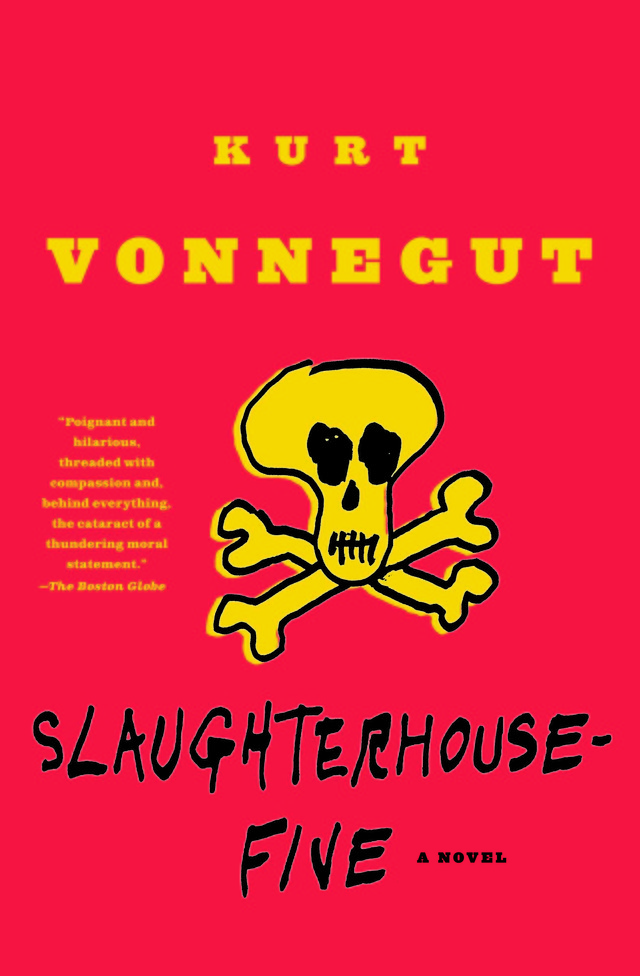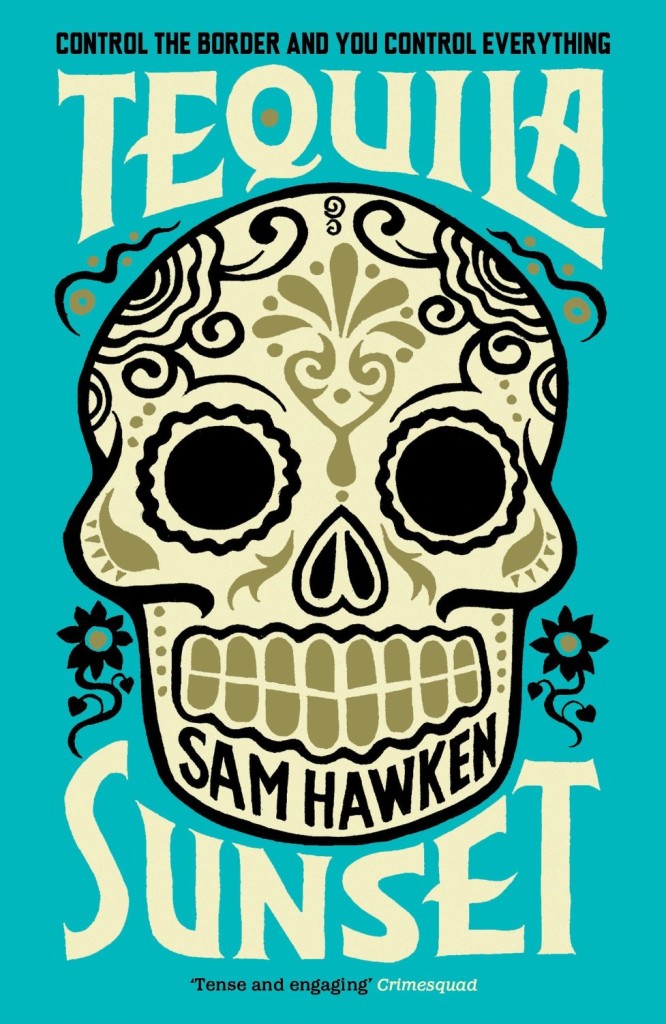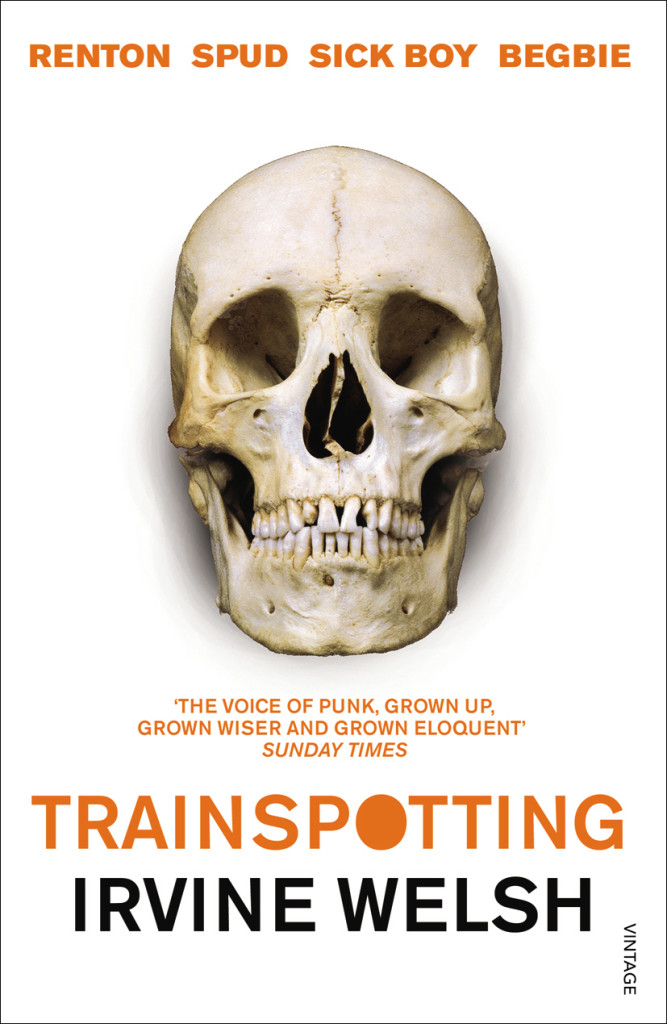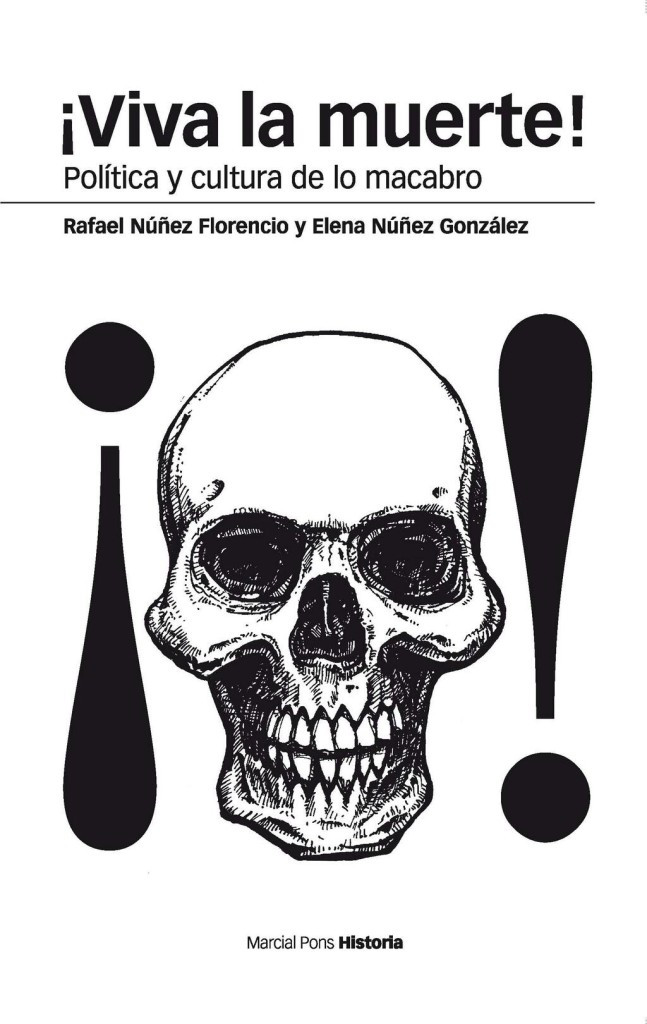Here’s this month’s look at the book covers that have caught my attention recently. Lots of fiery orange for some reason. Perhaps it is a thing?

An American Tragedy by Theodore Dreiser; design by Mark Abrams (Vintage / May 2021)

Ariadne by Jennifer Saint; design by Joanne O’Neill (Flatiron Books / May 2021)
The don’t look that similar side by side, by I was reminded of Will Staehle‘s 2018 cover for Circe by Madeline Miller, and the UK cover of the more recent Sistersong by Lucy Holland, designed by Melissa Four (I’m fairly sure I’ve seen an orange/red version of the Sistersong cover. Perhaps it was an ARC?).


Circe by Madeline Miller; design by Will Staehle (Little Brown & Co / April 2018) 

The Art of Wearing a Trench Coat by Sergi Pàmies; design by Arsh Raziuddin and Oliver Munday (Other Press / March 2021)

The Atmospherians by Alex McElroy; design by Laywan Kwan (Atria / May 2021)

Dead Souls by Sam Riviere; design by Jamie Keenan; paper engineering and photography by Gina Rudd (Weidenfeld & Nicholson / May 2021)
I thought David Drummond had maybe done a cover similar to this, but I couldn’t find one. David does like neutral backgrounds and cutting type though!

Wall Flower by Rita Kuczynski; design by David Drummond (University of Toronto Press / August 2015) 

Double Trio by Nathaniel Mackey; design by Rodrigo Corral and Boyang Xia (New Directions / April 2021)
This is a 3 volume box set and all of the covers are spectacular…

Fault Lines by Emily Itami; design by Holly Ovenden (Orion Books / May 2021)
The cover of the US edition of Fault Lines, available this fall, was designed by Mumtaz Mustafa using a photograph by Tsuguaki Abe.

Featherweight by Mick Kitson; design by Helen Crawford-White (Canongate / May 2021)

Living in Data by Jer Thorp; design by Rodrigo Corral; art by Andrew Kuo (MCD / May 2021)
When I first saw this cover I immediately thought there was some kind of link to Josef Albers ‘Homage a Square’ series, but nobody else seems to have mentioned it, so perhaps it is coincidental? Is that possible? I should probably pick up the book!

The Mission House by Carys Davies; design by Lauren Peters-Collaer (Scribner / February 2021)

Mona by Pola Oloixarac; design by Thomas Colligan (Farrar, Straus and Giroux / March 2021)

Monsters by Alison Croggon; design by Daniel New (Scribe / March 2021)

Nectarine by Chad Campbell; design by David Drummond (Signal Editions / May 2021)

The Plot by Jean Hanff Korelitz; design by Anne Twomey (Celadon Books / May 2021)

A Tall History of Sugar by Curdella Forbes; design by Gill Heeley (Canongate / February 2021)
Gill Heeley also designed the cover of the UK hardback edition of the book published last year…

Things We Lost to the Water by Eric Nguyen; design by Chip Kidd (Knopf / May 2021)
It’s been a while since I’ve posted a Chip Kidd cover on the blog. This guy has promise!
Comments closed




